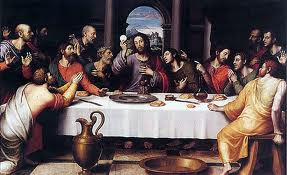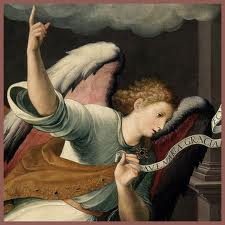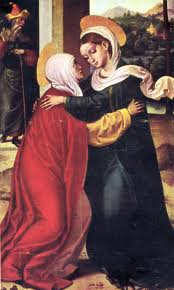Renaissance: Juan Correa de Vivar
Juan Correa de Vivar was a Renaissance Spanish painter who was active during the 16th Century. Although not much is know about his life, Juan Correa de Vivar is considered to be one of the greatest Spanish painters of the Mature Renaissance style.
Juan Correa de Vivar (c.1510-1566)

Art historians believe that Juan Correa de Vivar was born around the year of 1510 in the small town of Mascaraque near Toledo in Spain. Although the names of his parents are unknown, we do know that Juan Correa de Vivar's family was quite wealthy. Juan had two brothers, Eufrasia and Rodrigo. Rodrigo's son, also called Rodrigo, became Juan Correa de Vivar's apprentice later in life and even completed some of the works his uncle left behind after his death. Juan Correa de Vivar’s disciples and trainees often completed his work or helped out with certain pieces of work. Therefore, irregularities in relation to the style in paintings can often be found in his collection of works.
It is also known that Juan Correa de Vivar never married anyone and that he was a particularly religious man, which is documented in his will, of which there is a copy in the parish archives of Mascaraque. He owned a large, lavish house in Macarasque along with many acres of land. It is therefore clear to see why, although Juan Correa de Vivar did embark on some trips, he always stayed in the province of Toledo. Being a single man with no children, after his death, Juan Correa de Vivar left the majority of his work and posessions to his nephew, Rodrigo.

His first works as a Spanish art master were completed when Juan Correa de Vivar was around twenty years old. Some examples include the portraits that he painted for the altar for the Nuns of Saint Claire of Griñon between 1532 and 1534.
It is documented that from 1549 to 1542, Juan Correa de Vivar worked for the Cathedral. Many of his works were commissioned by churches and cathedrals. For example, Juan painted some portraits for the parish of Mondéjar. He also worked for the 'Monasterio de los Jerónimos de Guisando' (Monastery of the Jeronimos of Guisando).
His most important and best conserved piece of work is the portrait he painted for the Church of Almonacid de Zorita. However, his best work was probably the portrait for the parish of Mondejar which is also believed to have been a collaborative effort with the Spanish architect, Alonso de Covarrubias. Unfortunately, this painting was destroyed during the Spanish Civil War.
Juan Correa de Vivar's works contained clear influences from Italian Renaissance painting. This has led many art critics and historians to believe that Juan must have either spent some time in Italy or studied with another artist who had been to Italy in order to learn and experience this style.

His work also contained many elements of Mannerism which was appearing around his time. This Mannerist style manifested itself in the stylized, almost ethereal figures that Juan Correa de Vivar painted, which became more fluid and spiritual as his style developed. These images do resemble the figures of the Italian masters such as Corregio and Pontormo, however they also have elements of the paintings by Spanish painters such as Navarrete. The use of colour in Juan Correa de Vivar's work creates a smooth yet artificial effect. He particularly enjoyed using the colours of pink, yellow and blue to create different feelings.
For a church in Toledo, Juan Correa de Vivar received a commission to complete a portrait which was to be based on the subject of the Virgen Mary. In this painting, he showed his immense skill in idealised religious painting, yet with a Realist style. This work is now preserved in the Prado Museum in Madrid.
During the last years of his life, from around 1550 to 1566, Juan Correa de Vivar’s style changed significantly, heading towards a more nervous and personal Mannerist style. The figures in his paintings had a lot more energy than before however they still remained very elegant.
